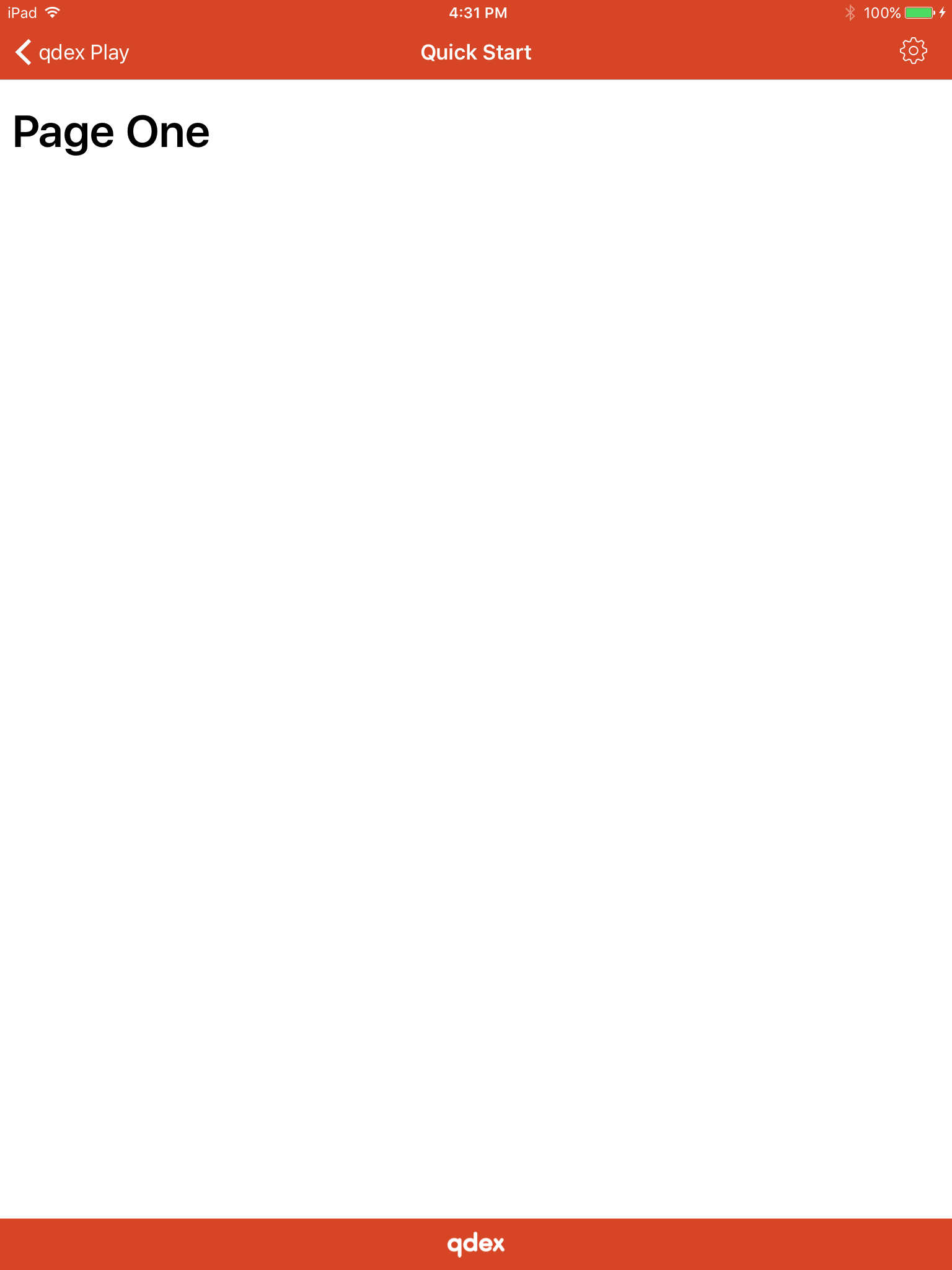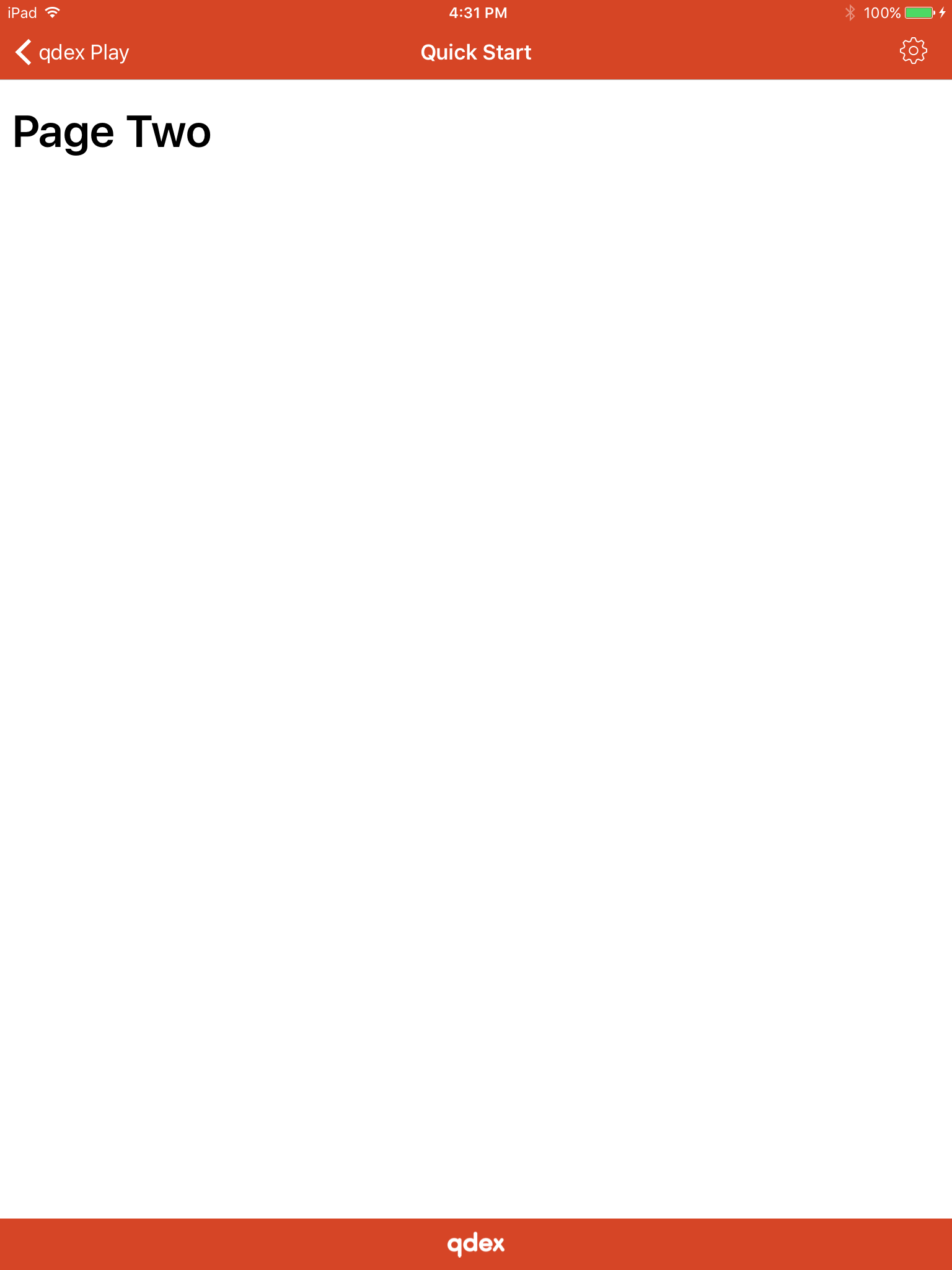Headers and Footers
You can use headers and footers to display important module information, including the name of the author, institution logo, and copyright information. They're created using header and footer tags, and can contain text, images, and links. Headers and footers must be defined before a top-level section, and will apply to every page in the document until a new header or footer is declared.
Example 1
This example uses a header to display the name of the document author.
You can copy this example into your document as a top-level section (i.e. not inside other sections).
<header> <p> Authored By: John Smith </p> </header> <section> <title>Page One</title> </section> <section> <title>Page Two</title> </section>
Example 2
This example uses two headers to display the names of different authors.
You can copy this example into your document as a top-level section (i.e. not inside other sections).
<header> <p> Authored By: John Smith </p> </header> <section> <title>Page One</title> <p>This page uses the first header.</p> </section> <header> <p> Authored By: Jane Jenkins </p> </header> <section> <title>Page Two</title> <p>This page, and any pages after it, use the second header.</p> </section>
Example 3
This is an example of using styles and color to differentiate the footer from the rest of the learning module. This footer includes an image. We recommend setting image inspection to false when using logos in headers and footers.
You can not copy this example into your document without first including an image called "logo.png" in your project resources folder.
<footer> <stack> <style> <background color="214 69 38" /> </style> <image src="resources/logo.png" style="tiny" inspect="false" /> </stack> </footer> <section> <title>Page One</title> </section> <section> <title>Page Two</title> </section>







